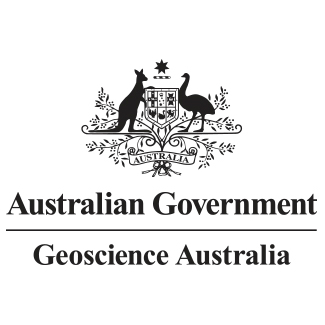Brief description
Mafic and ultramafic analytical samples, derived from Geoscience Australia's corporate Oracle OZCHEM Whole Rock Geochemistry Database, are assigned an igneous rock classification, e.g., tholeiitic, alkaline, based on their lithological and unit descriptions and their analysed geochemical data. This first-pass classification was undertaken to provide an additional tool to assist with metallogenic interrogation of the data. The mafic and ultramafic analytical samples are also assigned, where possible, a geological event based on their relationship to the Australian Mafic-Ultramafic Magmatic Events GIS Dataset. The GeochemicalClassification table is designed to be used in conjunction with Geoscience Australia's Corporate Oracle OZCHEM Whole Rock Geochemistry Database (
link) and the Australian Mafic-Ultramafic Magmatic Events GIS Dataset (http://dx.doi.org/10.4225/25/54125552CDA7C).
Lineage
Maintenance and Update Frequency: unknown
Statement: The fields in this dataset have been created from a number of different datasets and processes:
- Fields created from Geoscience Australia's Corporate Oracle OZCHEM Whole Rock Geochemistry Database (OZCHEM database)
The fields featureID, siteID, and sampleID, are from the OZCHEM database. The fields stratNo and unitName are initially from this database, but some entries have been updated to reflect current nomenclature. These updates are recorded in the edited field. For example, where an old (non-current) stratigraphic name was present it has been updated to use the current stratigraphic name, identified using the Australian Stratigraphic Units Database (http://dbforms.ga.gov.au/pls/www/geodx.strat_units.int) and given the label 'updated' in the edited field. Where stratNo and unitName were NULL the fields may have been updated based on the analysis' relationship to the Australian Mafic-Ultramafic Magmatic Events GIS Dataset and where updated given the label 'yes' in the edited field. Note that stratNo and unitName are only updated in this table; similar fields in OZCHEM and other datasets have not been changed.
The totalFe and the lossOnIgnition fields have been calculated based on data from Geoscience Australia's Corporate Oracle OZCHEM Whole Rock Geochemistry Database. totalFe was calculated to standardise Fe measurements into one field, depending on whether Fe was analysed for total Fe (usually by XRF) or analysed for both divalent (FeO) and trivalent (Fe2O3) iron (by XRF and wet chemistry). Within the OZCHEM data, these measurements are shown as either Fe2O3Tot or Fe2O3 and FeO, i.e., spread across three fields, making total Fe difficult to calculate automatically and hence difficult to use in most graphics programs. The lossOnIgnition field has been calculated from either the supplied loss on ignition value or the sum of H2O+ + H2O- + CO2; where all measurements are present the largest value has been used. Null value means no data has been provided for loss on ignition, H2O+, H2O-, or CO2.
- Fields created based on the results of our classification of the geochemical analyses
The igneous rock classification, including the fields geochemistryProvince, lithologyCategory, classification and classificationRemark, are based on an analysis by the authors of the analytical samples derived from the OZCHEM database. This classification process is outlined in Appendix 1.
- Fields created based on the Australian Mafic-Ultramafic Magmatic Events GIS Dataset
Many geochemical analysis has been given an eventID and eventName using the Australian Mafic-Ultramafic Magmatic Events GIS Dataset. The classification of analyses into events has been done through two steps. Firstly, where the stratNo of an analysis (after updating to current Stratno and unitname, where applicable) matched the stratNo of an event, the analysis was assigned that event. No additional checking was undertaken as we assumed that the unit assignment by the originating geologist was correct. Secondly, where an analysis with a stratNo of NULL was spatially located within a polygon from the Australian Mafic-Ultramafic Magmatic Events GIS Dataset it was given the event of that polygon. This second process, which was undertaken manually on a region by region basis, has by necessity, assumed that the sample was of the same age as the event it was assigned to. Given that this is difficult, if not impossible, to actually verify, these assignments must be regarded as unchecked and taken as tentative. Assignments were, however, checked at the event level by looking for possible (geochemical) outliers, and a number of assignments were rejected. The uncertainty of the assignments was deemed acceptable for the intended purposes of identifying areas of potential nickel mineralisation.
![]()
![]()
![]()




